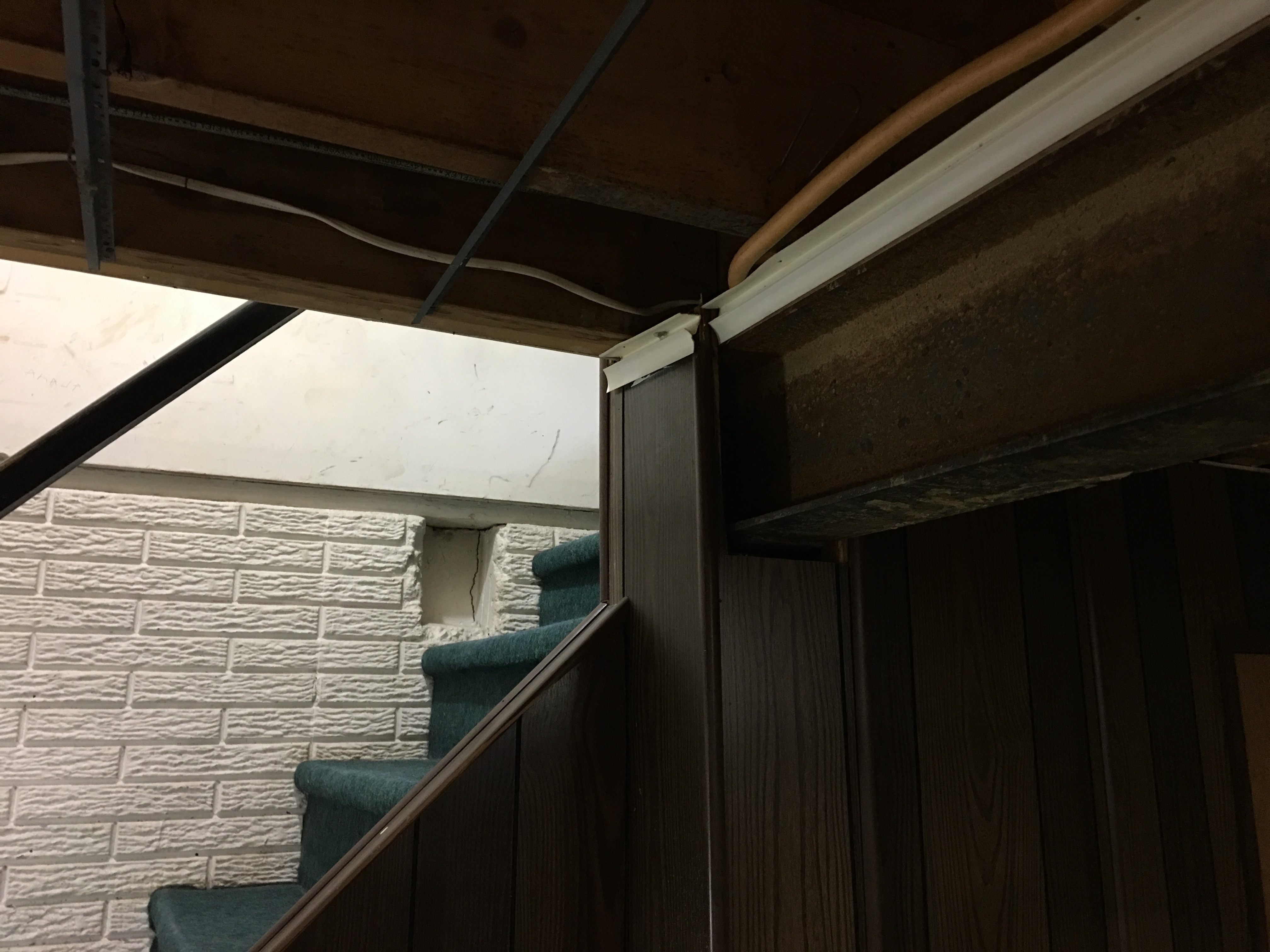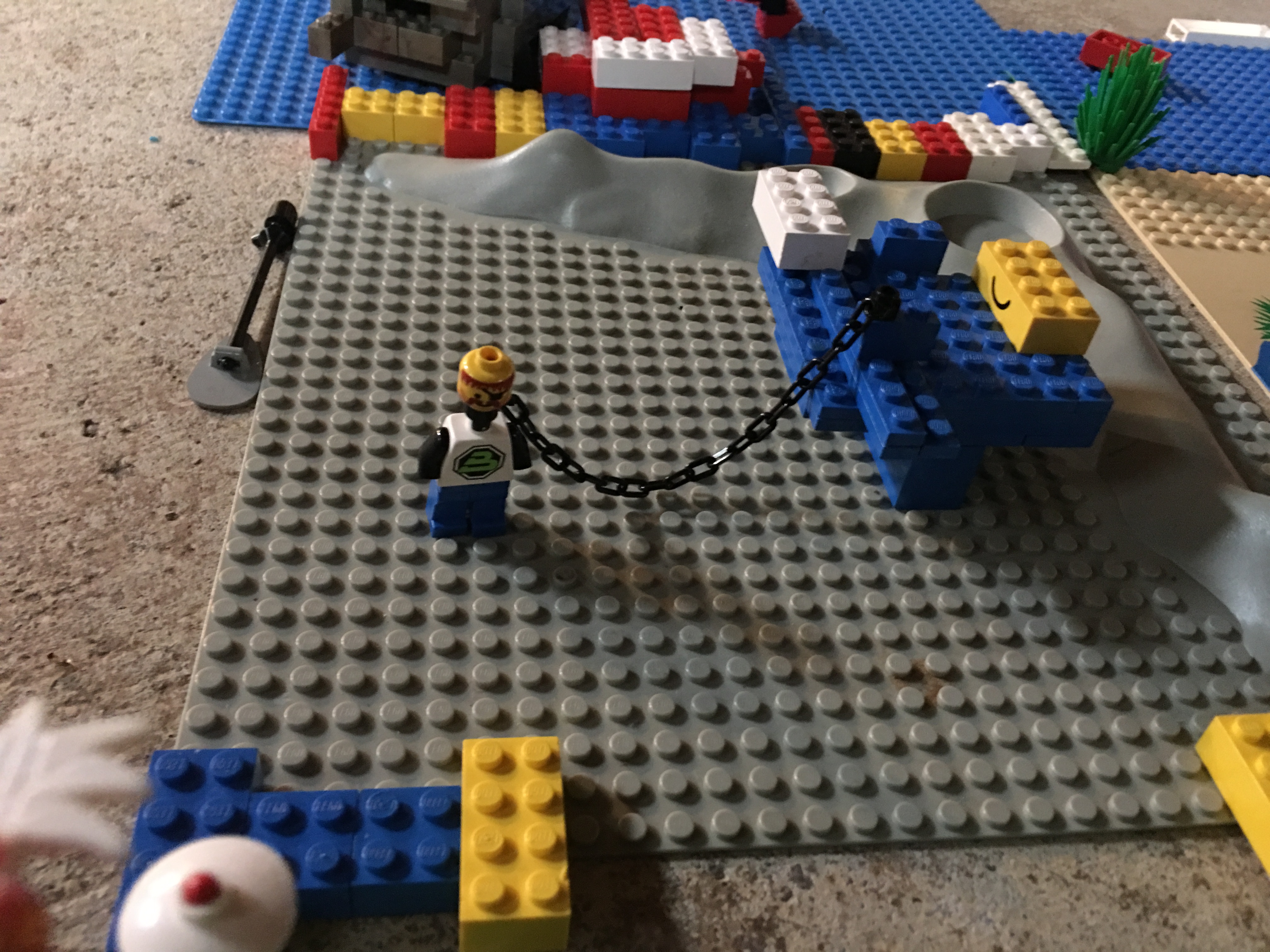As an addendum to Part 1, this evening saw another rainbow. It accompanied hail. With the sunlight, it was a bizarre meteorological event. Maybe it’s not a blessing after all. Maybe the next event will be locusts. Hmm.

–Simon

Tales from Easement Acres
As an addendum to Part 1, this evening saw another rainbow. It accompanied hail. With the sunlight, it was a bizarre meteorological event. Maybe it’s not a blessing after all. Maybe the next event will be locusts. Hmm.

–Simon
I find that the beauty of ephemerality is ironically similar to the that of permanence. We mortals, viewing a work of art which has long outlived its creator, are confronted with our own fleeting existence. And when I gaze upon a moment of natural beauty, I feel the same.
Or maybe it’s just that some things are really cool in their own right.
But if a rose is just a rose, we’d lack the multitude of spiritual and mythological Rorschach impositions upon these events: where the leprechaun hides his gold, the path to the afterlife, a promise from God…etc. Sometimes, it’s harder to not find meaning in them.
Our house faces roughly E-S-E, which, being at about 39 degrees N latitude, translates to the direction opposite the setting sun from Spring to Fall. Upon the conclusion of a storm, at the onset of dusk, the alignment is perfect for rainbows.




They might be simple rainbows, but since their unusual frequency coincided with us purchasing the house, I can’t help but to apply a mortal’s predilection for symbolism. I say it’s good luck (although I really wish a pot of gold was involved too).
–Simon
Okay, I admit that’s my first reaction, and I’m a terrible person.
But, you know how cool those kids in grade-school thought they were for having to go down to the office and use their asthma inhalers? Sometimes I get the feeling that allergies are, if not Munchhausen Syndrome, possibly psychosomatic. And I question the prevalence of specific allergies to a given time period. Why do certain allergies suddenly appear and everyone is affected, from all ages? I could follow the logic if an unknown element had instantly been introduced into the environment, but that’s not the case. I could theorize that there’s latent genetics at play, only just now impacting humanity from years of exposure, but that wouldn’t explain why these allergies effect people of disparate age groups.
Gluten allergy? An allergy to processed grain–the staple that allowed humanity to transition from neolithic hunter/gatherers into permanent farmers? The event that allowed us to discover beer? That has to make you feel pretty pathetic as a human.
But I must jest at the flagship ridiculous allergy: peanuts.

This got me thinking: perhaps we’re just so numerous as a species, there’s a statistical probability that anything we could possibly think of, someone has an allergy to it. To confirm this theory, I searched for the first random common edibles I could think of, and appended them with “allergy” into Google. As it turns out, people are allergic to soy, fluoride, and mint. It actually became a challenge to find something to which people don’t claim an allergy. There’s even a banana allergy.
Still, after they confiscated my daughter’s yogurt because it had a compartment of nuts to mix in, I felt compelled that, on the next random event this school drags me to, I’m going to first rub myself down in peanut oil and then shake everyone’s hand.
–Simon
When it comes to wrong telephone numbers, when I receive the calls, I had originally adopted a policy of blocking the number if I received said call from the same number twice and neither time was left a message. Now, however, with the influx of robocalls, I pretty much just block any number I don’t recognize that doesn’t leave a message. I think I get more robocalls than spam email these days.

While the majority of these robocalls were scams, and admittedly I’ve called these numbers back and yelled at people for fun, there was a time when I was receiving calls with the caller asking for a Dustin Werner. At the time I had figured these were bill collectors and had given up on the calls ever stopping, because once a debt is sold, the new debt collection company will never stop calling. But on one occasion, someone left a message, and apparently Dustin Werner had missed his court date with the Toledo Municipal Court. This intrigued me.
From 1999-2007 I was a Toledo resident, and my cell phone’s area code is still from Toledo, so I concluded that my phone number was simply in a wrong record somewhere. At the time I received this call, and thereafter having a narrowed range of focus, I Googled this name and found the general profile of a man not terribly versed in contributing to society: something about drugs and theft. Ohio, am I right?
Fast forward to today. Recently I got a rapid batch of robocalls, and this reminded me of good ol’ Dustin. Out of renewed curiosity, I checked Google again. It had been a while, as the articles, courtesy of the Toledo Blade, were dated 2014. Apparently he had been arrested at a Kroger not far from my mom’s house, and has since been sentenced to 4 years 11 months. It looks like I have at least a couple more years before the calls start up again.
–Simon
Like the title says: there’s gotta be more to this. A picture’s worth a thousand words I hear, yet some photos need further explanation. Sometimes I dwell on one for too long, and to ease the curse, I have to pass it along. Therefore I will provide photos, suggest an explanation, and let the viewer reach their own conclusion:

For months I pondered this hole in the foundation, overlooking the obvious. Then one day as I was working in my drafty basement office, I noticed the hole perfectly aligns with the support I-beam. Following the beam, I see that its other end rests on the foundation. The beam is supported throughout the length of the basement with 3 adjustable columns, the one in this photo being hidden behind laminate. The product description indicates these are for temporary use. Also, why overkill with an I-beam at all if it’s being supported with columns? My conclusion then, based on the state of supports, the overkill beam, and the resting notch in the foundation; is that the beam was cut after the house was completed–presumably for the stairs–as was not part of the original design. It seems to me that the stairwell could have been located elsewhere, somewhere that doesn’t compromise the main support. I suppose I’ll just have to trust in the inspector, because inspectors never miss things…

On a lighter note, I found this. I wonder what was going through my daughter’s mind at the time. What transgression did this Lego man commit that she felt the need to amputate his hands and chain him by the neck? Is he a heretic? We got some Pit and the Pendulum shit going on right here.
–Simon